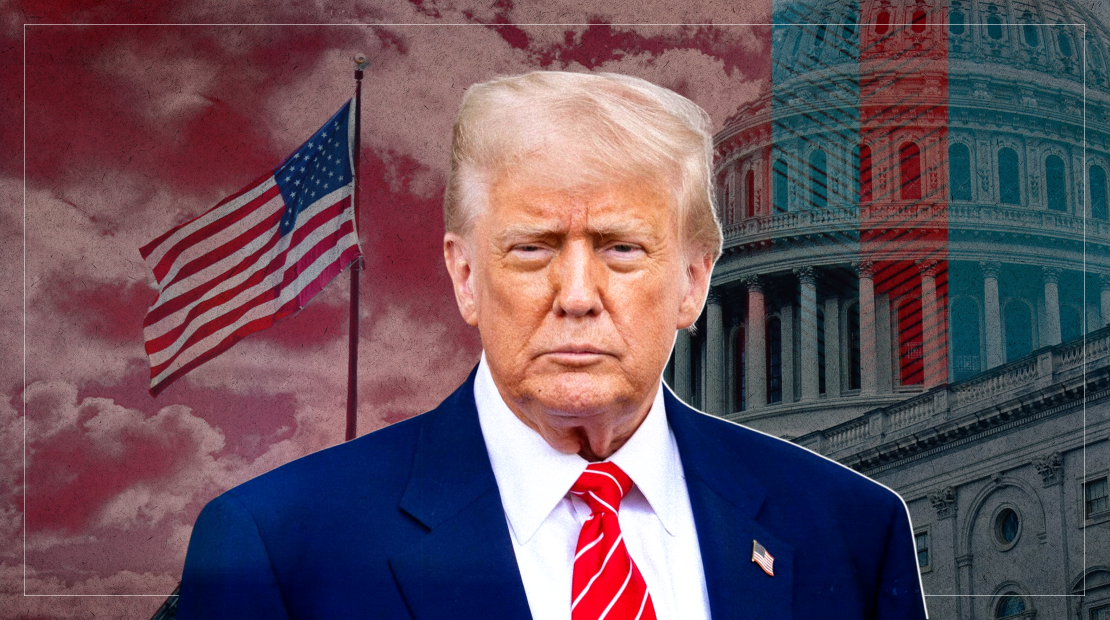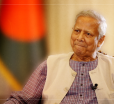What Shall Be The Implications Of Terminating The Temporary Protected Status Of Nepal?

Table Of Contents
The Trump administration terminates Temporary Protected Status for Nepal. The Trump administration initiated the process just before there was extreme unrest in Nepal.
Thus, this raises a significant question in the minds of all political enthusiasts worldwide regarding the situation of Nepalese individuals in the US, as their TPS is terminated.
The question becomes even more relevant as the country faces massive civil unrest following internal political turmoil sparked by the Gen Z protests.
In this article from Big Jar News, we will provide a detailed account of the course of events. We will also cover the interview given by concerned people to KRON 4.
This article also tries to help out the families and relatives of Nepali people in the US who live in uncertainty related to the fate of their loved ones.
What Is The Temporary Protected Status?
TPS stands for Temporary Protected Status. Foreign nationals from countries experiencing unrest can seek Temporary Protected Status (TPS) in the United States.
The Secretary of the Department of Homeland Security (DHS) grants TPS.
The applicants are only eligible under the provision when their homeland cannot facilitate their return.
The DHS Secretary can put a country under TPS under certain specific situations.
The Secretary of the Department of Homeland Security considers a country eligible for TPS when the country faces an ongoing Armed conflict.
Moreover, TPS also applies to countries suffering from environmental disasters. Countries going through an epidemic or other extraordinary situations can be granted the TPS status.
Individuals granted TPS are eligible for travel authorization and are also eligible to work. However, foreign individuals under TPS remain protected from detention due to their immigration status.
When Was Nepal Granted TPS By The Department Of Homeland Security
The US authorities had put Nepal under TPS after the devastating earthquake in the region in 2015. Nepal came under TPS on 24th June 2015.
TPS status of Nepal was supposed to extend for 18 Months. However, the DHS extended the TPS on October 26, 2016, for an additional 18 months.
The DHS wanted to terminate the Temporary Protected Status of Nepalis in 2018.
However, the DHS faced numerous lawsuits from across the nation. Hence, on May 10th, the DHS decided to revoke the decision to terminate Nepal’s special status.
What Are The Latest Developments Related To The Deportation Of The Nepalese?
The Ninth Circuit Court of Appeals allows the Trump administration to subject over 7000 Nepalis to deportations.
Foreign nationals from Nepal have so far enjoyed protection under the TPS Status.
Hence, the ruling allows the Trump administration to end the 35-year-old statute.
Moreover, the statute permitted individuals from several other countries to reside and work in the United States legally. TPS allows people under asylum to do so due to the unsafe conditions in their home countries.
What Was Discussed In The KRON 4 Report?
Readers should go through the interviews of Sandhya Lama, a Nepalese national protected under the TPS, and Emi Maclean, an ACLU Attorney.
Moreover, reading the article should allow Big Jar News readers to understand what was discussed in the KRON 4 report.
1. What Did Emi Maclean Say About The Prevailing Situations?
As the Trump administration terminates Temporary Protected Status for Nepal, the ACLU Attorney for TPS holders, who has been fighting for the Nepalese and has sued the Trump administration, has communicated with Karon 4.
Emi Maclean conveyed that 1000 Nepalese TPS users were supposed to lose their status, and they also face the risk of deportation to their home countries.
Moreover, Emi also suggested that people were at risk of deportation and losing their work authorization.
The Nepalese diaspora in the United States can also face challenges such as family separation and others.
Moreover, Emi reminded that foreign nationals from other countries, like Nicaragua, would also face similar kinds of challenges.
Emi calls the actions of the Trump administration illegal. Emi also claims that the decisions were “driven by racism”. However, the appellants have now started exploring the other options.
The Nepalese diaspora has decided to petition the United States Supreme Court.
2. What Did Lama Say About Her Family Residing In The US?
The Trump administration terminates Temporary Protected Status for Nepal. Hence, this creates significant uncertainties among the Nepalese diaspora in the US. Sandhya Lama, a Nepalese resident in the USA for 17 years under TPS, states to KRON 4 that her children were born in the US.
Hence, her kids have “never seen Nepal”. Therefore, several Nepalese nationals had arrived from Nepal under the TPS. However, their children have become citizens of the USA.
Thus, families can face the potential for separation. Moreover, a total number of sixty thousand people from different countries, like Nepal, Nicaragua, Afghanistan, and others, face the fear of similar consequences.
The Big Jar Take On The TPS Termination Of Nepal
The Big Jar Take on the subject revolves around the situation in Nepal. Moreover, we shall analyze whether the conditions in Nepal remain suitable for returning or not, as it is currently undergoing political turmoil.
How Will The Gen Z Protest Affect The Nepalese Living In the USA?
People from Nepal face legal turmoil in the United States. Meanwhile, the situation in Nepal has also deteriorated due to internal politics.
The protests in Nepal began when students took to the streets to protest against the ban on social media platforms, including Facebook and Instagram, among others.
Moreover, the students protested peacefully. However, the use of brute force led to mass agitation.
The agitated Gen Z protestors started a peaceful protest. However, the violence forced the protestors to overthrow the government.
However, an interim government today rules Nepal. The Government of Nepal decided to ban all online social media platforms.
The list of platforms includes Facebook, Instagram, and others.
Moreover, the Government of Nepal claimed non-compliance on the part of the operating social media companies.
The applicants failed to comply with the government registration regulations.
The Nepalese government also claimed the presence of widespread fake news on social media platforms.
However, the Nepalese youth interpreted this as curtailing their freedom of speech. Moreover, this led to widespread protests in the nation.
A clash between the protesters and the police claimed 22 lives, which further sparked mass agitation in the nation.
Frequently Asked Questions (FAQs)
Here are the answers to some of the most commonly asked questions about the Temporary Protected Status for Nepal.
The Trump administration terminates Temporary Protected Status for Nepal. Nepalese nationals lost their TPS status on August 20th, 2025. The Ninth Circuit Court ruling resulted in the termination of Nepal’s TPS.
The Trump administration terminates Temporary Protected Status for Nepal and several other countries.
Moreover, the list of countries includes Afghanistan, Cameroon, Haiti, Honduras, Nicaragua, Syria, and Venezuela.
The Trump administration terminates Temporary Protected Status for Nepal. However, this could result in the deportation of approximately 60,000 TPS holders, as reported by various news outlets worldwide, including KRON4.

























